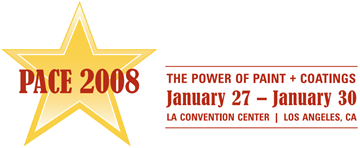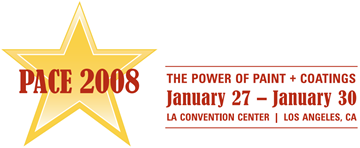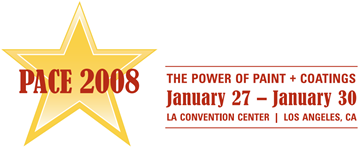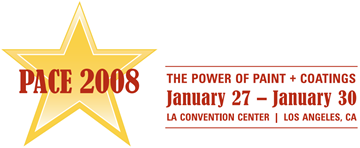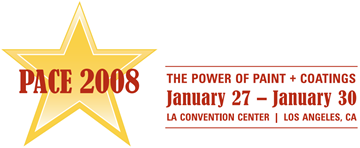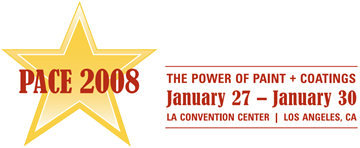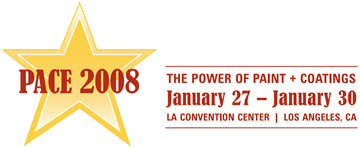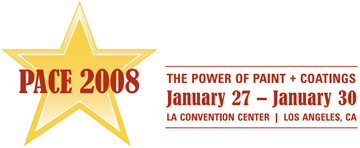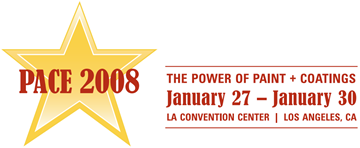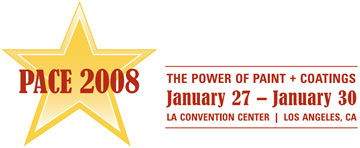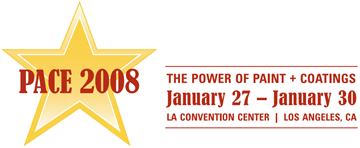Search
Products tagged with '2008 Conference Papers'
View as
Sort by
Display
per page
A 20 Year Performance Evaluation of an Organic Zinc Rich Paint System
Product Number:
41208-405-SG
Publication Date:
2008
$20.00
A Case Study in Changing Environmental Conditions and Utilizing a Urethane Concrete Moisture Control System
Product Number:
41208-447-SG
Publication Date:
2008
$20.00
Application of Fluid Applied Linings in Concrete Secondary Containment Structures
Product Number:
41208-397-SG
Publication Date:
2008
$20.00
Application of Protective Coating for Rehabilitation of Wisconsin Concrete Bridges
Product Number:
41208-415-SG
Publication Date:
2008
$20.00
Benefits of Using Both SSPC & PDCA Standards in Project Specifications
Product Number:
41208-441-SG
Publication Date:
2008
$20.00
Clear Water Repellents for Above Grade Masonry
Product Number:
41208-466-SG
Publication Date:
2008
$20.00
Coating Failures on Painted Galvanized Mast Arms
Product Number:
41208-402-SG
Publication Date:
2008
$20.00
Coating Potable Water Storage Tanks utilizing Plural Component Spray Equipment
Product Number:
41208-422-SG
Publication Date:
2008
$20.00
Color and Its Effects on Coating Performance: The Value of Clear Coats
Product Number:
41208-418-SG
Publication Date:
2008
$20.00
Concrete Bridge Coatings in Kentucky: Progress in Lab and Field Testing Results
Product Number:
41208-404-SG
Publication Date:
2008
$20.00
Concrete Polishing And Grinding Sustainable Ecological And Environmentally Friendly Surfaces
Product Number:
41208-459-SG
Publication Date:
2008
$20.00
Cool Roofs in California’s Title 24 Building Energy Efficiency Code
Product Number:
41208-465-SG
Publication Date:
2008
$20.00

